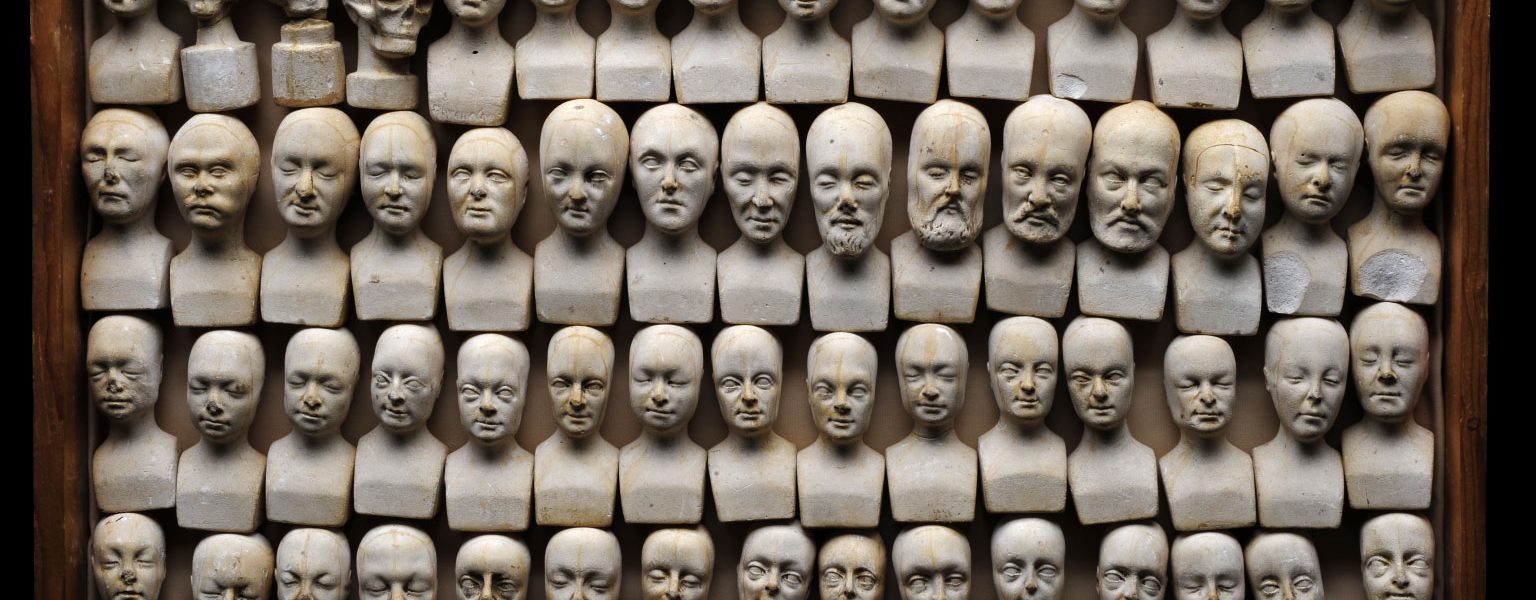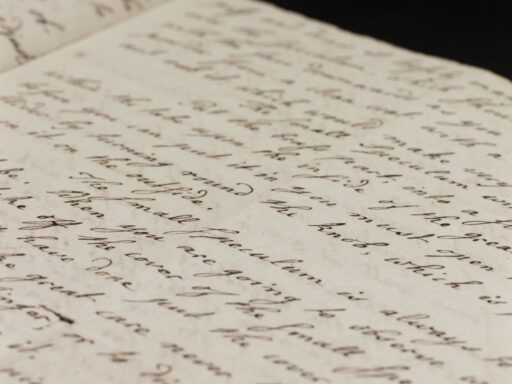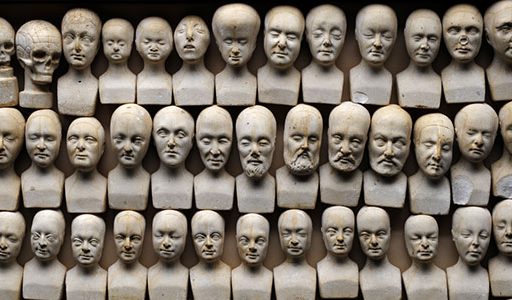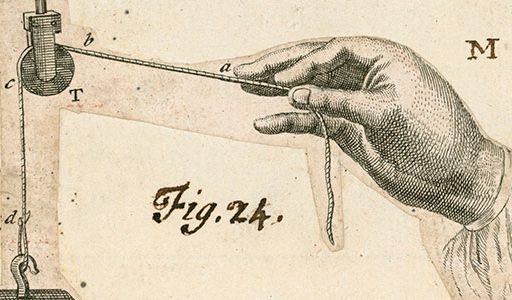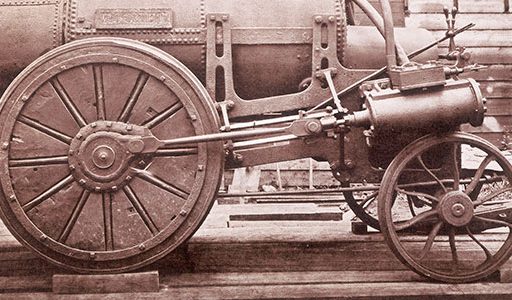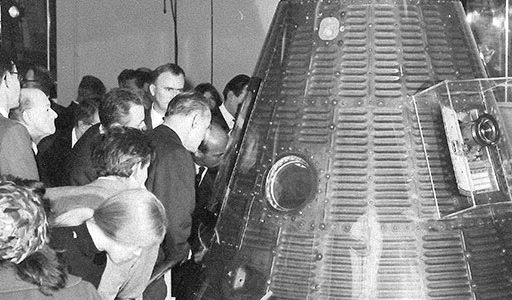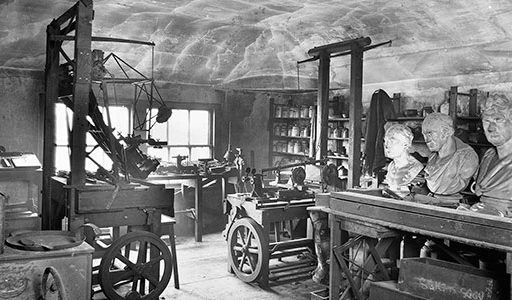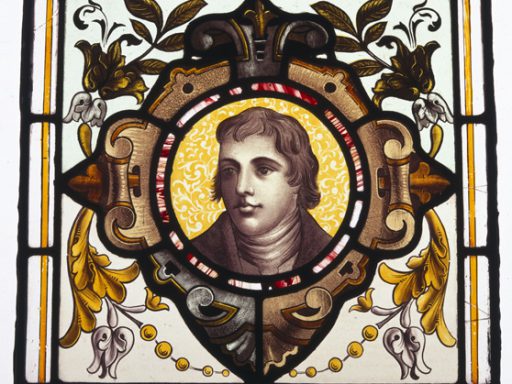This first issue of the Science Museum Group Journal conveys some of the breadth and depth of research surrounding the Group’s collections and activities. It includes new research, for example, on William Bally’s set of phrenological heads (one of the Science Museum’s most beautiful objects) and on the historical significance of James Watt’s workshop, as well as a close look at how eighteenth-century instrument makers used printed books . Discussion papers explore ideas about heroism and the effectiveness of the movement to engage the public with science.
Editorial
Coming home – Bally’s miniature phrenological specimens
Reading, writing, drawing and making in the 18th-century instrument trade
Responding to stories: The 1876 Loan Collection of Scientific Apparatus and the Science Museum
‘Something simple and striking, if not amusing’ – the Freedom 7 special exhibition at the Science Museum, 1965
Watt’s workshop: craft and philosophy in the Science Museum
On heroism
Sputnik and the ‘scientific revolution’ – what happened to social justice?
Review: Perfect Mechanics: Instrument Makers at the Royal Society of London in the Eighteenth Century, by Richard Sorrenson
Review: Seven Ages of Science, BBC Radio 4
Obituary: Frank Greenaway

